Home>Furniture & Design>Bathroom Accessories>Why Is My Toilet Bowl Tank Sweating
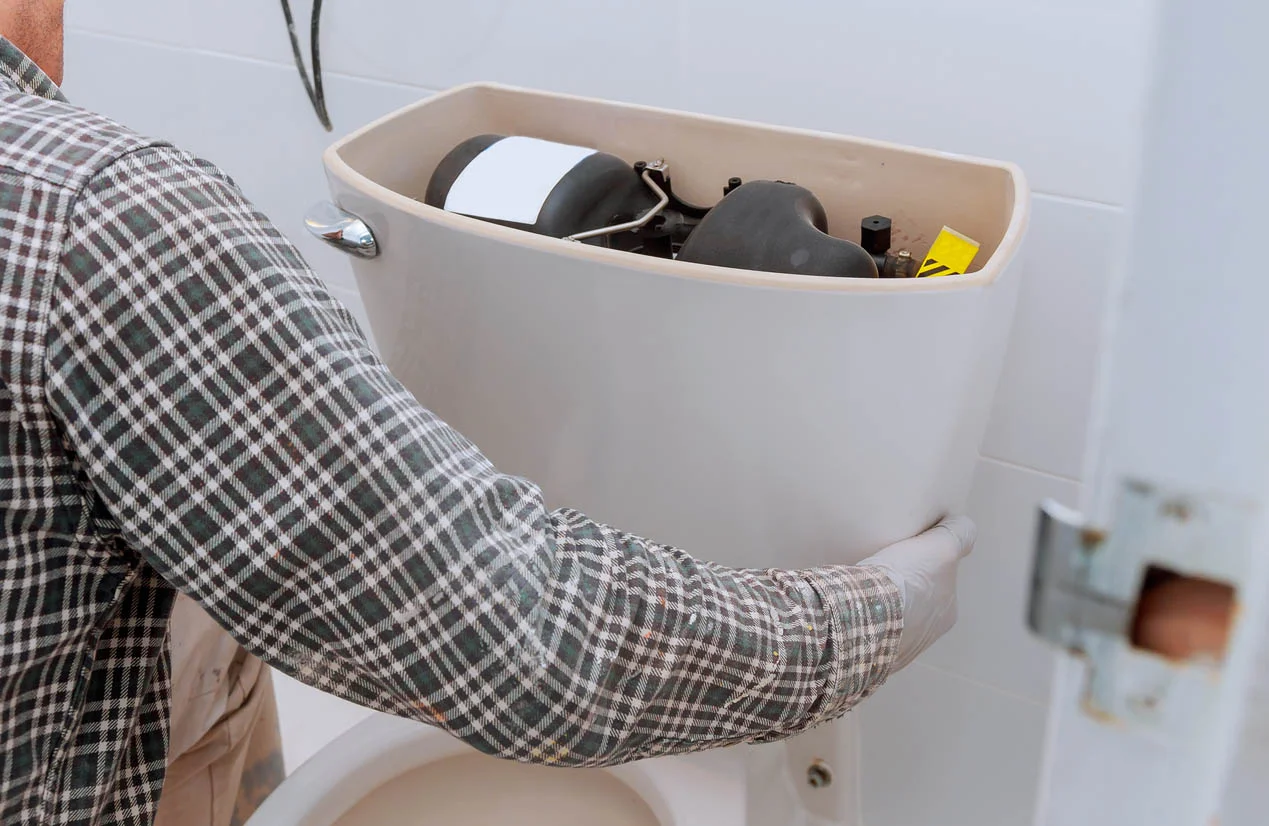

Bathroom Accessories
Why Is My Toilet Bowl Tank Sweating
Modified: February 18, 2024
Discover the causes of toilet bowl tank sweating and how to prevent it with the right bathroom accessories. Keep your bathroom dry and comfortable.
(Many of the links in this article redirect to a specific reviewed product. Your purchase of these products through affiliate links helps to generate commission for Storables.com, at no extra cost. Learn more)
Introduction
Have you ever noticed water droplets forming on the exterior of your toilet bowl tank, creating a sweaty appearance? This phenomenon, known as toilet bowl tank sweating, can be a perplexing and frustrating issue for many homeowners. The presence of moisture on the tank's surface not only affects the aesthetics of the bathroom but can also lead to potential water damage and mold growth if left unaddressed.
Understanding the underlying causes of toilet bowl tank sweating is crucial in effectively tackling this issue. From fluctuating temperatures to high humidity levels, various factors contribute to the formation of condensation on the tank's exterior. Fortunately, there are practical steps you can take to prevent and mitigate toilet bowl tank sweating, ensuring a dry and visually appealing bathroom environment.
In this comprehensive guide, we will delve into the root causes of toilet bowl tank sweating and explore effective strategies to combat this common household concern. By gaining insights into the factors at play and implementing preventive measures, you can maintain a dry and pristine toilet bowl tank, enhancing the overall comfort and functionality of your bathroom space.
Key Takeaways:
- Say goodbye to a sweaty toilet tank! Insulate the tank, regulate humidity, and use warm water to prevent condensation. Upgrade to a dual-flush system for a moisture-free bathroom.
- Keep your bathroom dry and appealing! Monitor usage, maintain the tank, and manage humidity to combat sweating. Prioritize insulation and warm water for a comfortable space.
Read more: Why Is My Toilet Tank Sweating
What Causes Toilet Bowl Tank Sweating?
Toilet bowl tank sweating occurs when the exterior of the tank becomes coated with moisture, resulting in a visibly damp or "sweaty" surface. This phenomenon is primarily attributed to the formation of condensation, which is triggered by specific environmental and usage factors. Understanding the root causes of toilet bowl tank sweating is essential in implementing effective preventive measures. Here are the primary factors contributing to this common issue:
-
Fluctuating Temperatures: Variations in ambient temperatures play a significant role in toilet bowl tank sweating. When the temperature of the water inside the tank differs from the surrounding air temperature, condensation can form on the tank's exterior. This temperature differential occurs most frequently during humid or warm weather, leading to the accumulation of moisture on the tank's surface.
-
High Humidity Levels: Elevated humidity levels in the bathroom environment can exacerbate toilet bowl tank sweating. When the air contains a high moisture content, it increases the likelihood of condensation forming on cooler surfaces, such as the tank. Factors contributing to high humidity include inadequate ventilation, frequent hot showers, and insufficient air circulation within the bathroom.
-
Cold Water Supply: The use of cold water to refill the toilet bowl tank can contribute to condensation formation. As the cold water enters the tank, it can cause the exterior surface to become cooler than the surrounding air, leading to the development of moisture on the tank's outer layer.
-
Inadequate Insulation: Poor insulation around the toilet bowl tank can also contribute to sweating. Without proper insulation, the tank is more susceptible to temperature differentials, making it prone to condensation formation, especially in environments with fluctuating temperatures.
-
Usage Patterns: The frequency and duration of toilet usage can impact tank sweating. Repeated flushing, particularly with cold water, can contribute to temperature differentials and condensation buildup on the tank's exterior.
By recognizing these underlying causes of toilet bowl tank sweating, homeowners can take proactive measures to address and prevent this issue. Implementing targeted strategies to regulate temperature differentials, manage humidity levels, and optimize water usage can effectively mitigate the formation of condensation on the tank's surface, ensuring a dry and visually appealing bathroom environment.
To prevent your toilet bowl tank from sweating, you can try using a toilet tank liner or insulating the tank with a foam insulation kit. This can help reduce the temperature difference between the tank and the surrounding air, preventing condensation.
How to Prevent Toilet Bowl Tank Sweating
To effectively prevent toilet bowl tank sweating and maintain a dry, pristine bathroom environment, homeowners can implement targeted strategies to address the underlying causes of condensation buildup. By proactively managing temperature differentials, humidity levels, and usage patterns, individuals can significantly reduce the likelihood of tank sweating. Here are practical measures to prevent and mitigate this common household concern:
-
Insulate the Tank: Proper insulation around the toilet bowl tank is essential for minimizing temperature differentials and preventing condensation formation. By adding insulation material to the exterior of the tank, homeowners can create a barrier that helps maintain consistent temperatures, reducing the risk of sweating.
-
Regulate Bathroom Humidity: Managing humidity levels in the bathroom is crucial for combating toilet bowl tank sweating. Installing a ventilation fan or ensuring adequate air circulation can help dissipate excess moisture, preventing condensation on the tank's surface. Additionally, using a dehumidifier in the bathroom can effectively reduce overall humidity, mitigating the conditions that contribute to tank sweating.
-
Use Warm Water: When refilling the toilet bowl tank, consider using warm water instead of cold water. By using warmer water, the temperature differential between the tank's exterior and the surrounding air is minimized, reducing the likelihood of condensation formation.
-
Upgrade to a Dual-Flush System: Upgrading to a dual-flush toilet system can contribute to preventing tank sweating. This modern system allows users to choose between a full or partial flush, reducing the amount of cold water entering the tank and minimizing temperature differentials that lead to condensation.
-
Monitor Toilet Usage: Being mindful of toilet usage patterns can help prevent tank sweating. Encouraging the use of full flushes when necessary and minimizing unnecessary flushes can reduce the frequency of cold water entering the tank, thereby mitigating the potential for condensation buildup.
-
Regular Maintenance: Conducting regular maintenance on the toilet bowl tank, including checking for leaks and ensuring proper seals, can contribute to preventing sweating. Addressing any issues promptly can help maintain the tank's integrity and minimize the conditions conducive to condensation formation.
By implementing these preventive measures, homeowners can effectively combat toilet bowl tank sweating and create a comfortable, moisture-free bathroom environment. Proactively addressing temperature differentials, managing humidity levels, and optimizing water usage are key strategies for preventing condensation buildup on the tank's exterior, ensuring a visually appealing and functional bathroom space.
Conclusion
In conclusion, addressing toilet bowl tank sweating requires a multifaceted approach that encompasses an understanding of the underlying causes and the implementation of targeted preventive measures. By recognizing the impact of fluctuating temperatures, high humidity levels, cold water supply, inadequate insulation, and usage patterns, homeowners can proactively mitigate the formation of condensation on the tank's exterior. Furthermore, the practical strategies outlined for preventing tank sweating offer actionable steps to create a dry, visually appealing, and functional bathroom environment.
It is essential for homeowners to prioritize proper insulation around the toilet bowl tank, as this serves as a fundamental measure for minimizing temperature differentials and preventing condensation formation. By investing in insulation materials and ensuring their effective installation, individuals can create a barrier that helps maintain consistent temperatures, reducing the risk of tank sweating.
Managing bathroom humidity emerges as another critical aspect of preventing toilet bowl tank sweating. Installing a ventilation fan, promoting adequate air circulation, and utilizing dehumidifiers are effective methods for dissipating excess moisture, thereby mitigating the conditions conducive to condensation on the tank's surface.
The choice of water temperature for refilling the toilet bowl tank also plays a significant role in preventing sweating. Opting for warm water instead of cold water minimizes the temperature differential between the tank's exterior and the surrounding air, thereby reducing the likelihood of condensation formation.
Furthermore, the potential benefits of upgrading to a dual-flush system should not be overlooked. This modern system offers users the flexibility to minimize the amount of cold water entering the tank, thereby reducing temperature differentials and mitigating the potential for condensation buildup.
By being mindful of toilet usage patterns and conducting regular maintenance on the toilet bowl tank, homeowners can further contribute to the prevention of sweating. Encouraging the use of full flushes when necessary, minimizing unnecessary flushes, and promptly addressing any maintenance issues are integral to maintaining a moisture-free and visually appealing bathroom space.
In essence, by implementing these preventive measures, homeowners can effectively combat toilet bowl tank sweating and create a comfortable, moisture-free bathroom environment. Proactively addressing temperature differentials, managing humidity levels, and optimizing water usage are key strategies for preventing condensation buildup on the tank's exterior, ensuring a visually appealing and functional bathroom space.
Frequently Asked Questions about Why Is My Toilet Bowl Tank Sweating
Was this page helpful?
At Storables.com, we guarantee accurate and reliable information. Our content, validated by Expert Board Contributors, is crafted following stringent Editorial Policies. We're committed to providing you with well-researched, expert-backed insights for all your informational needs.
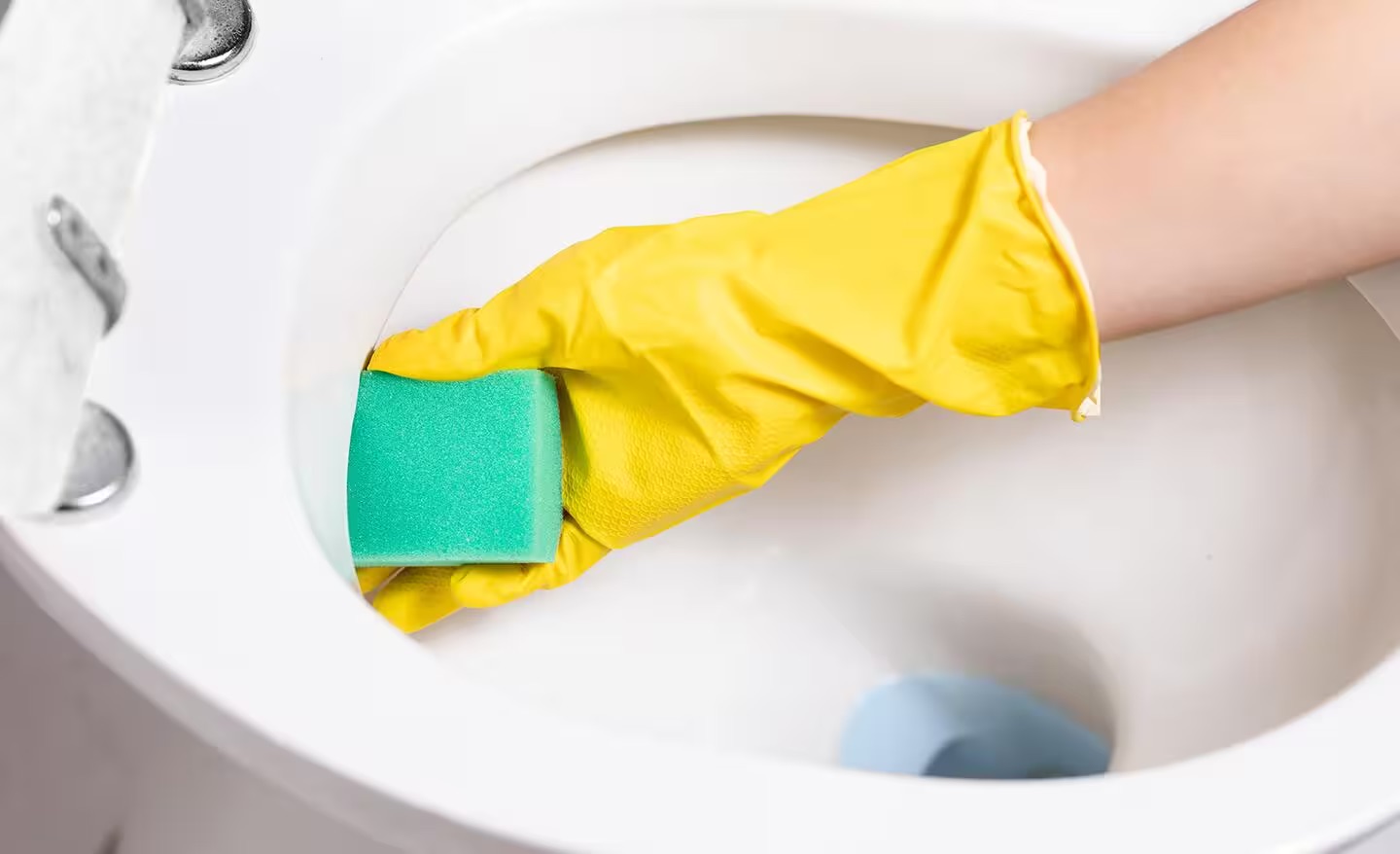
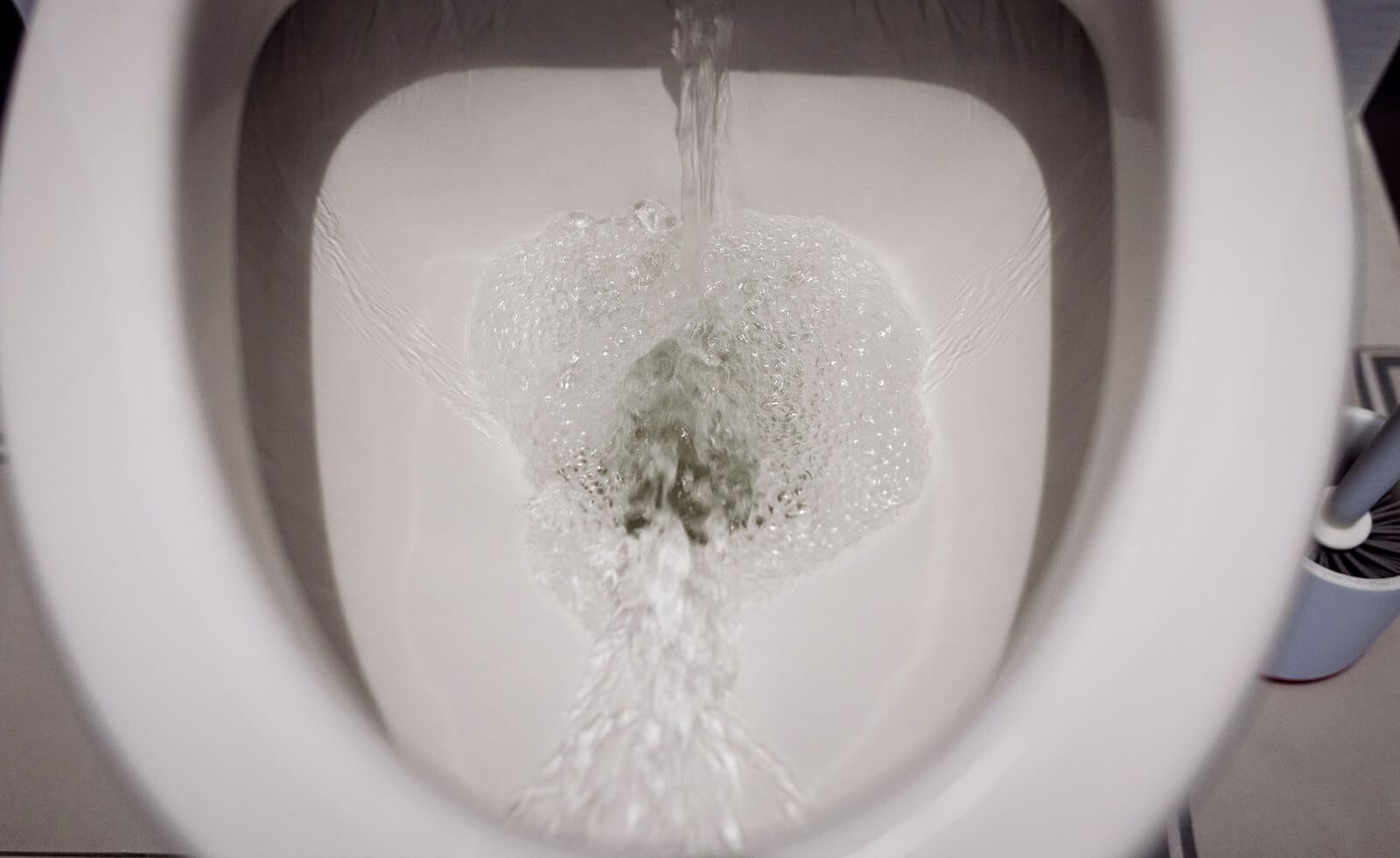
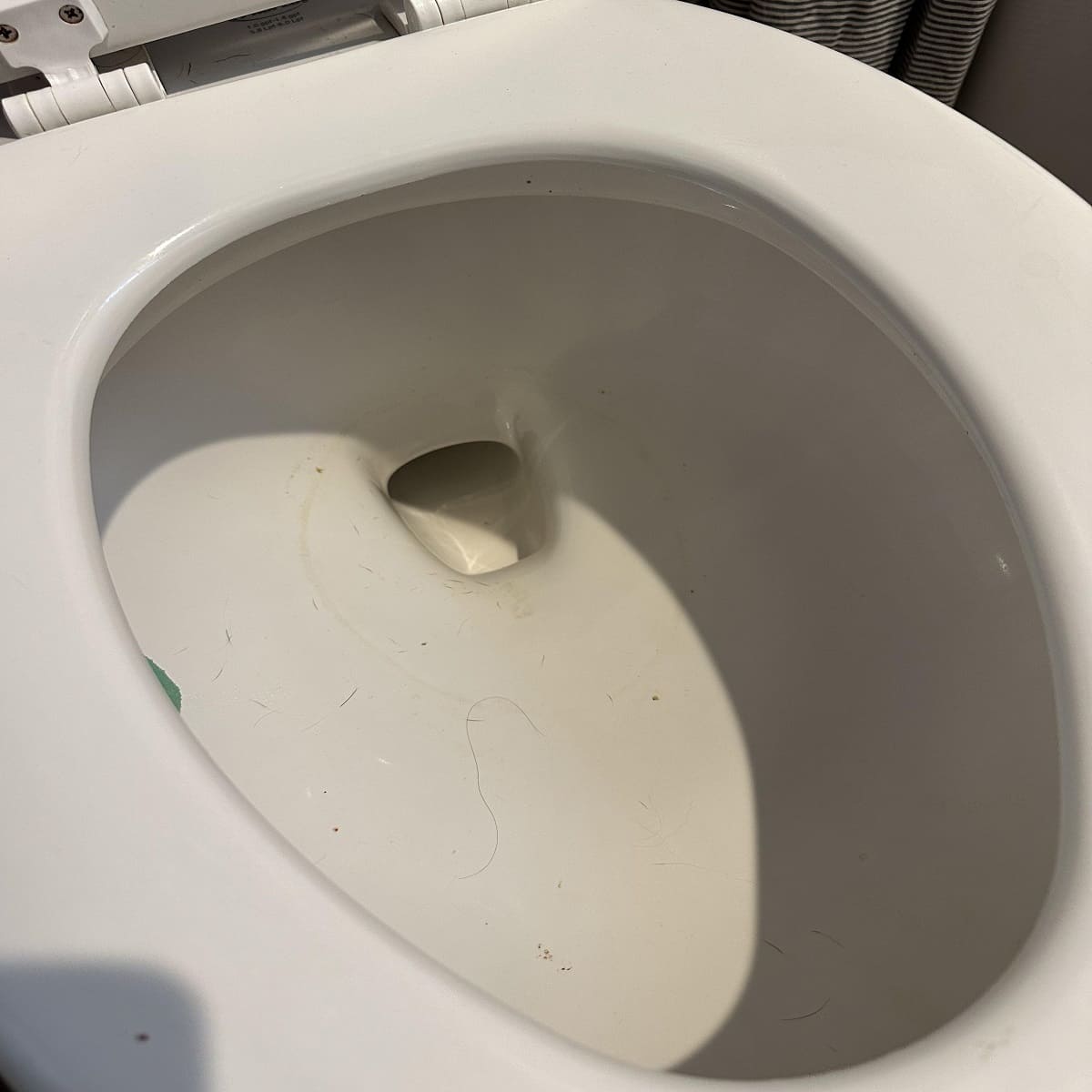
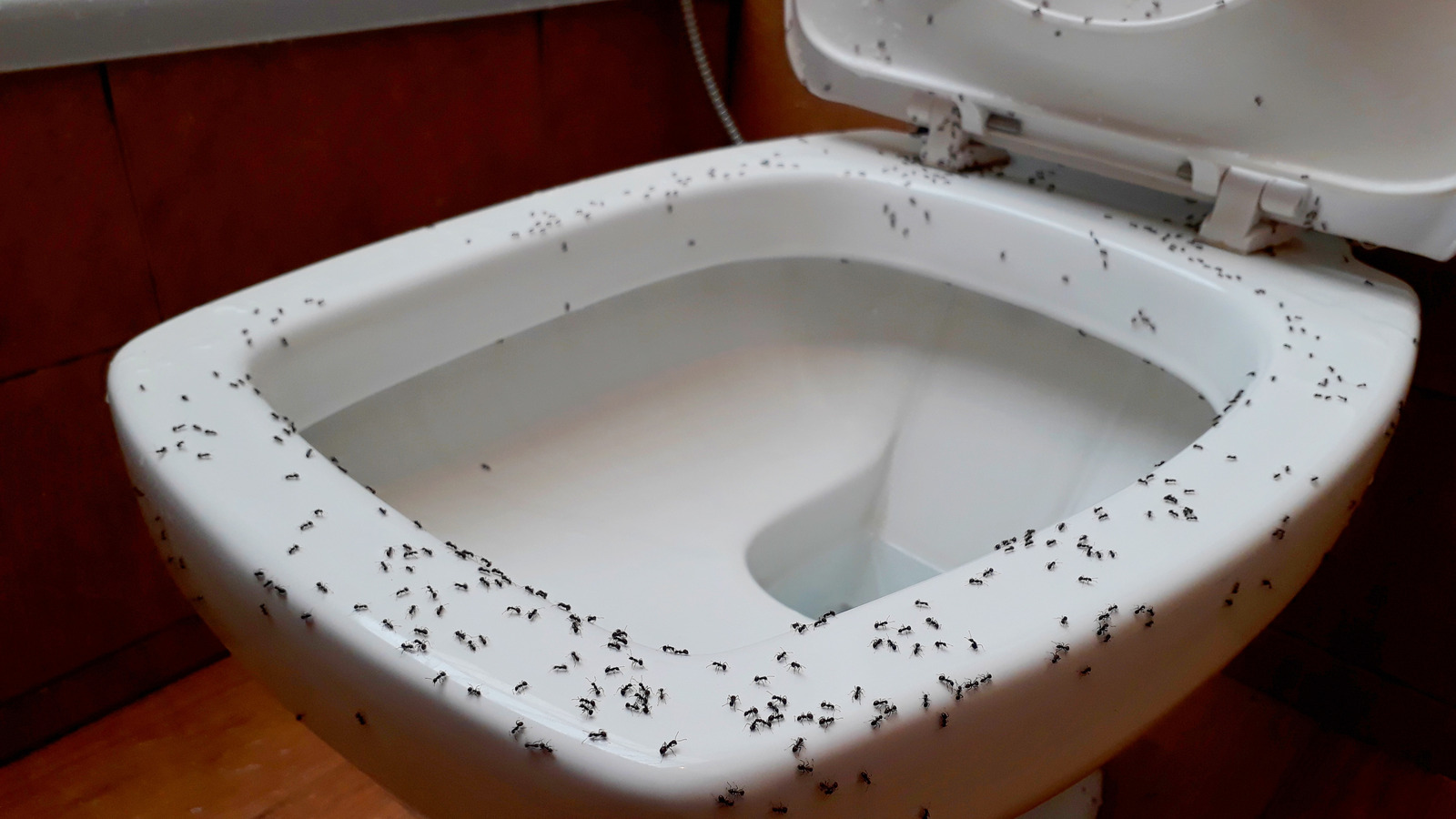
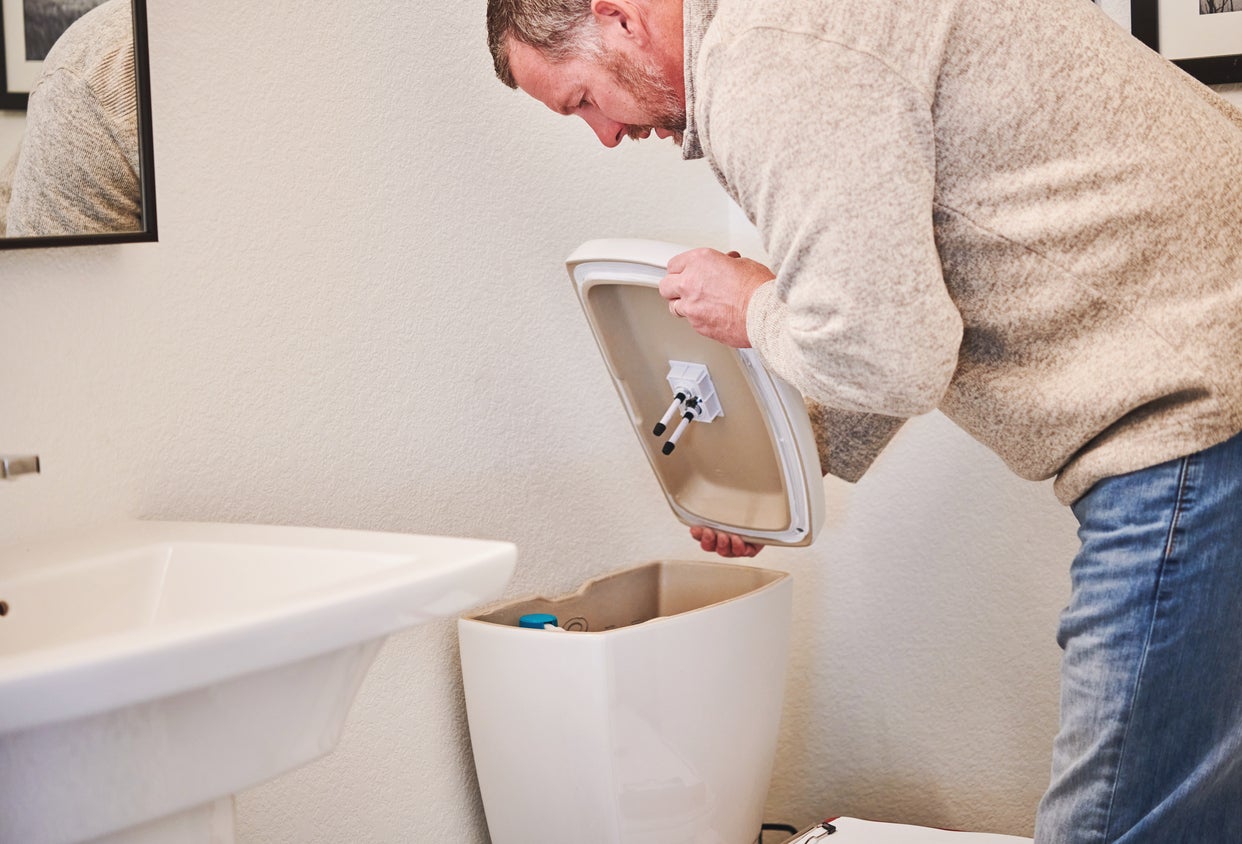
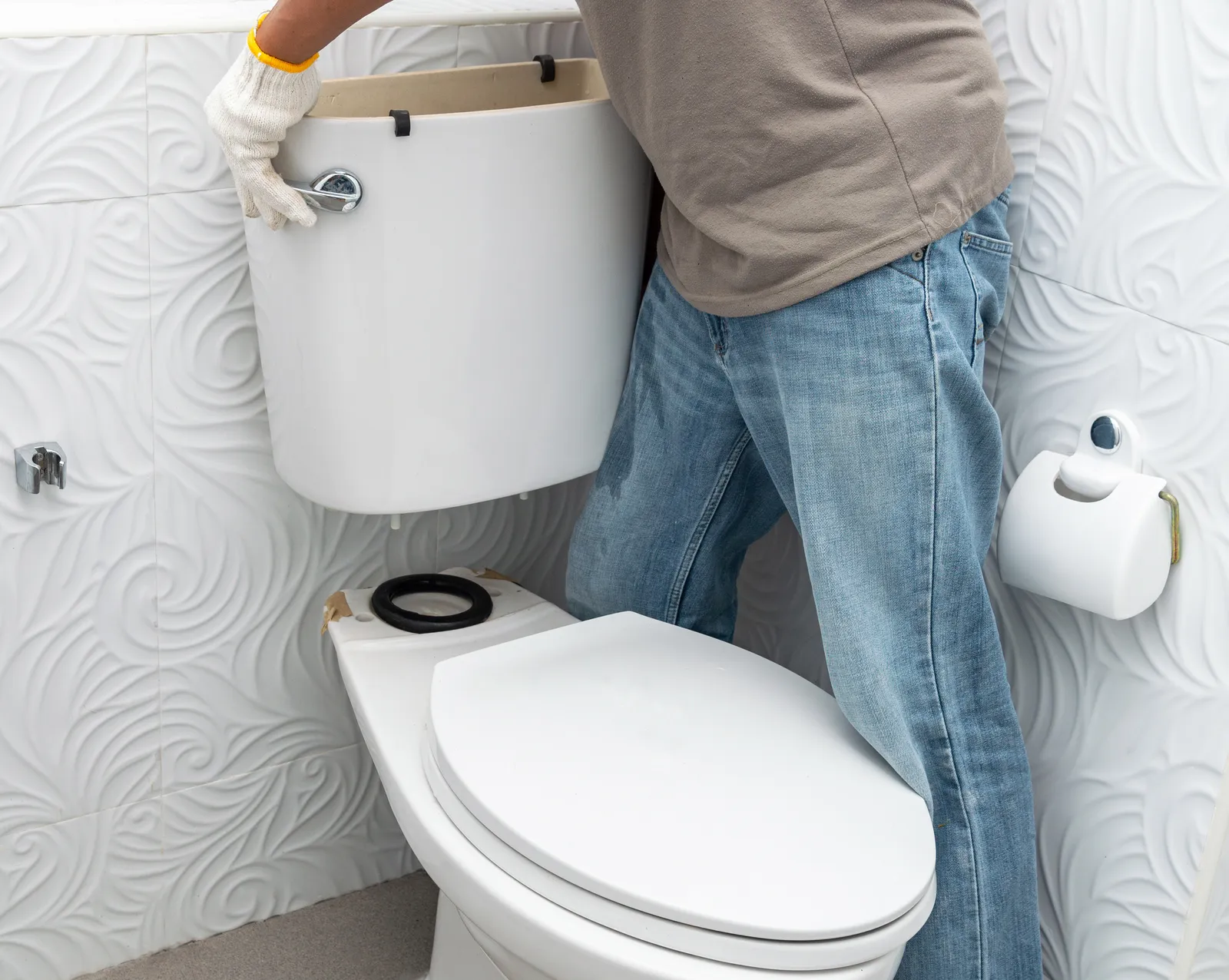
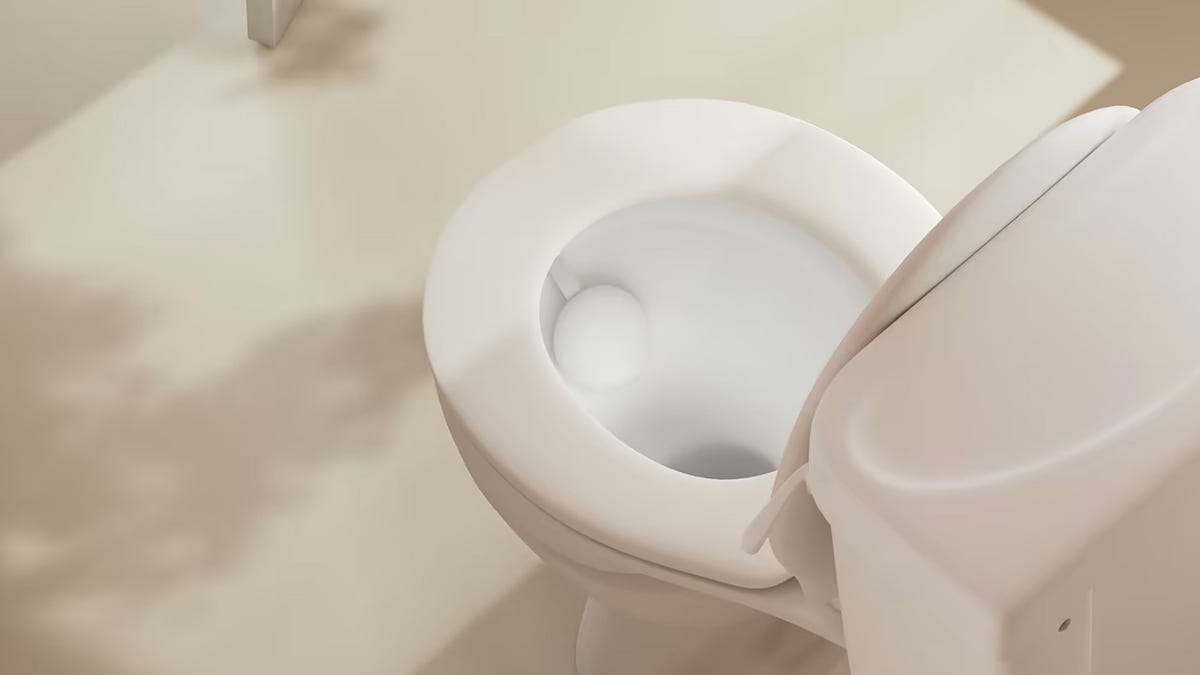
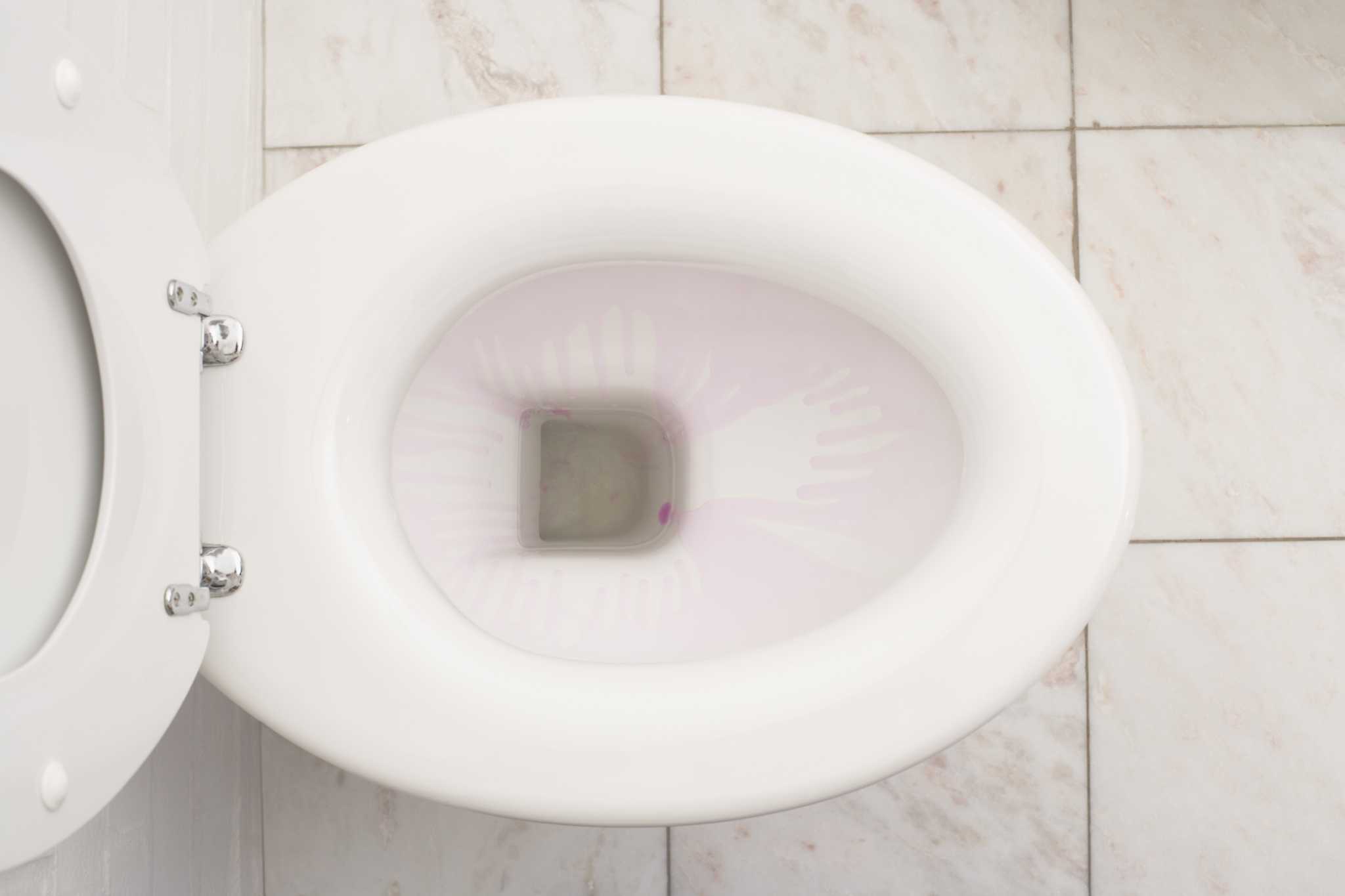
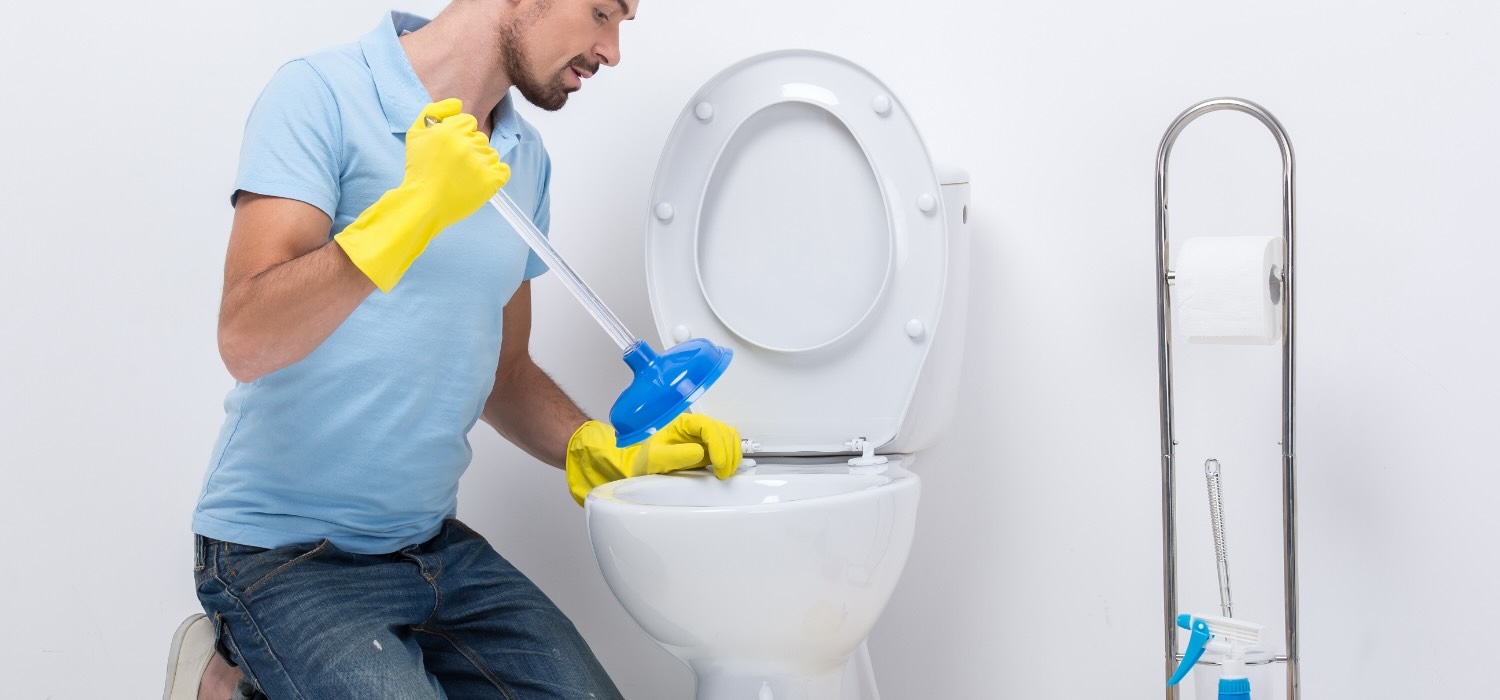
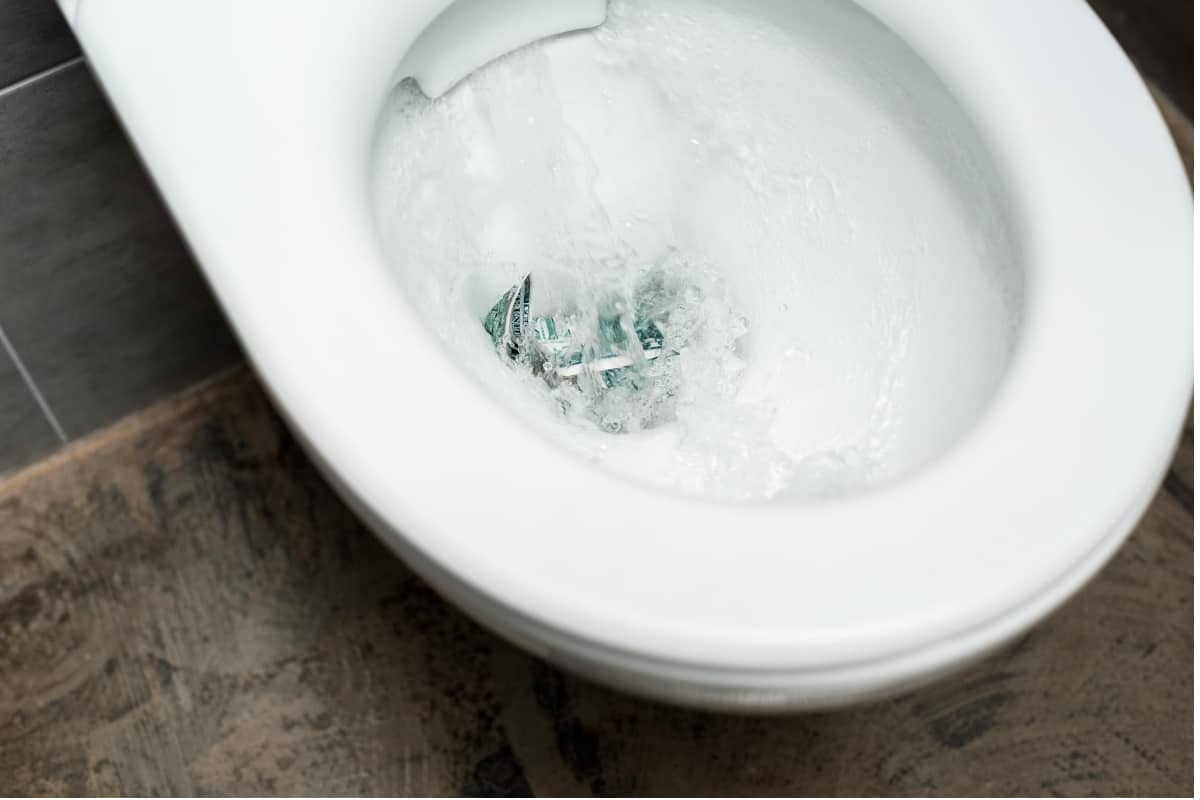
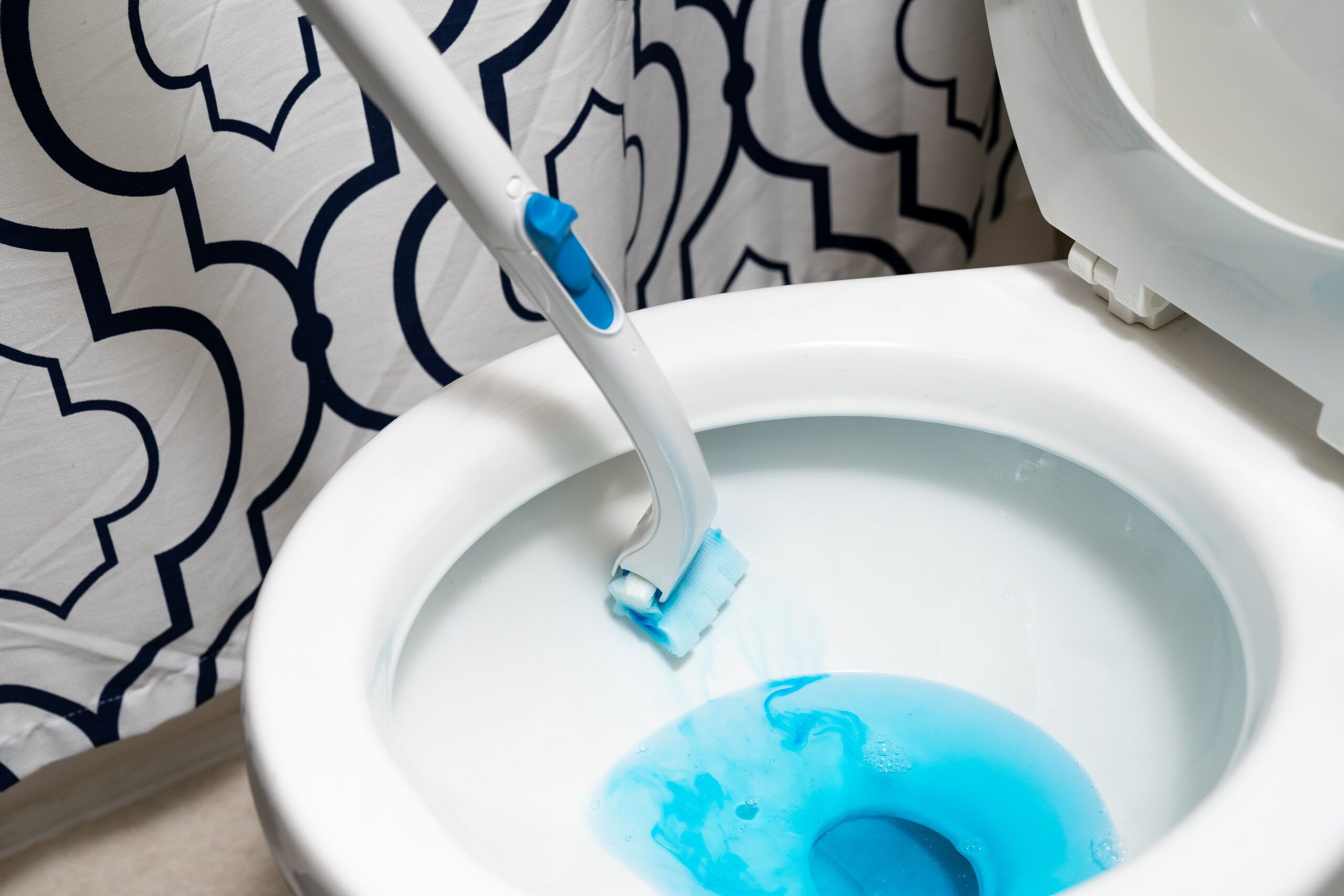
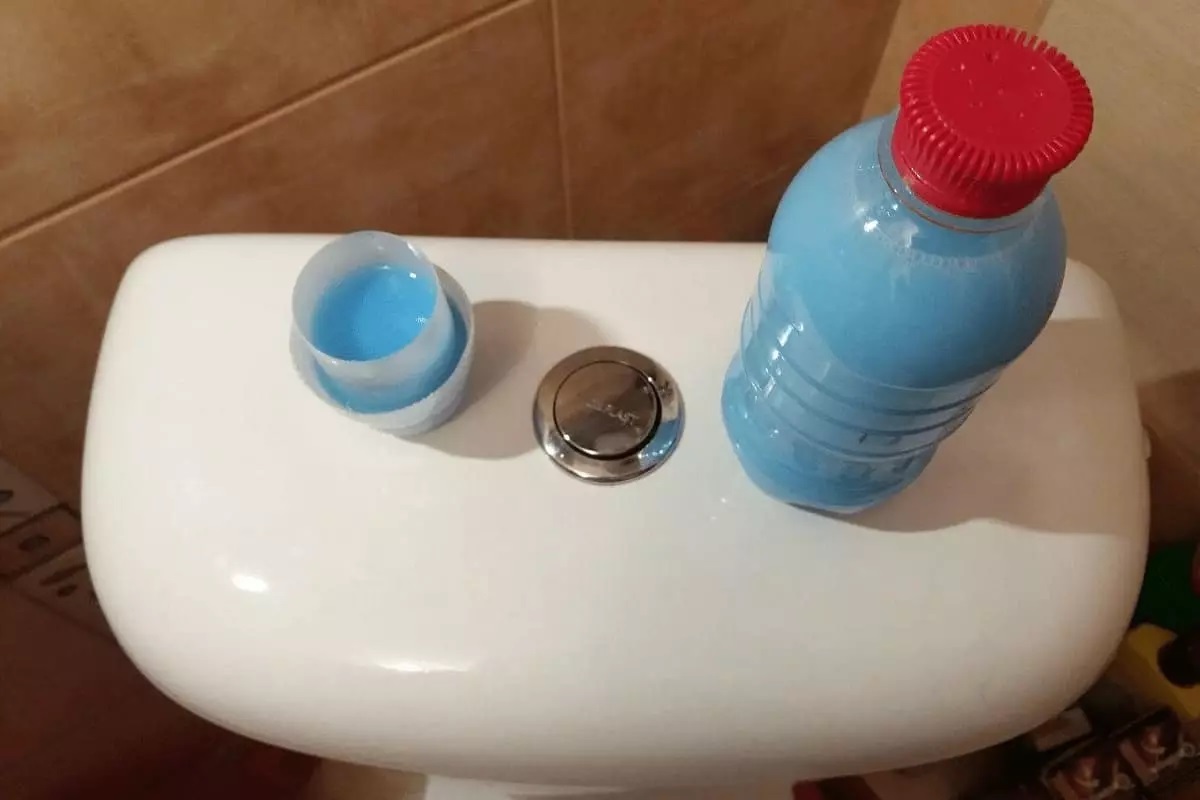

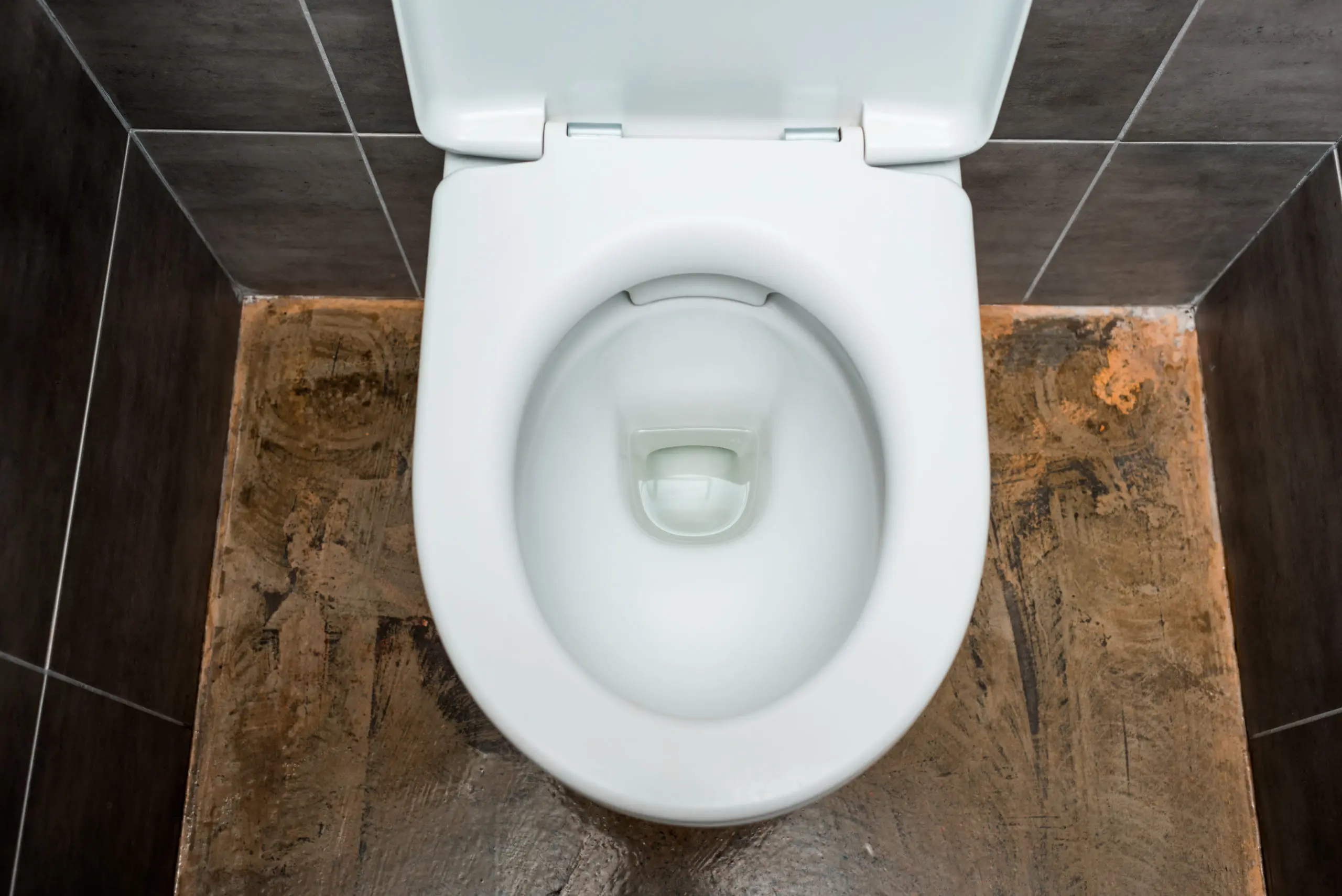
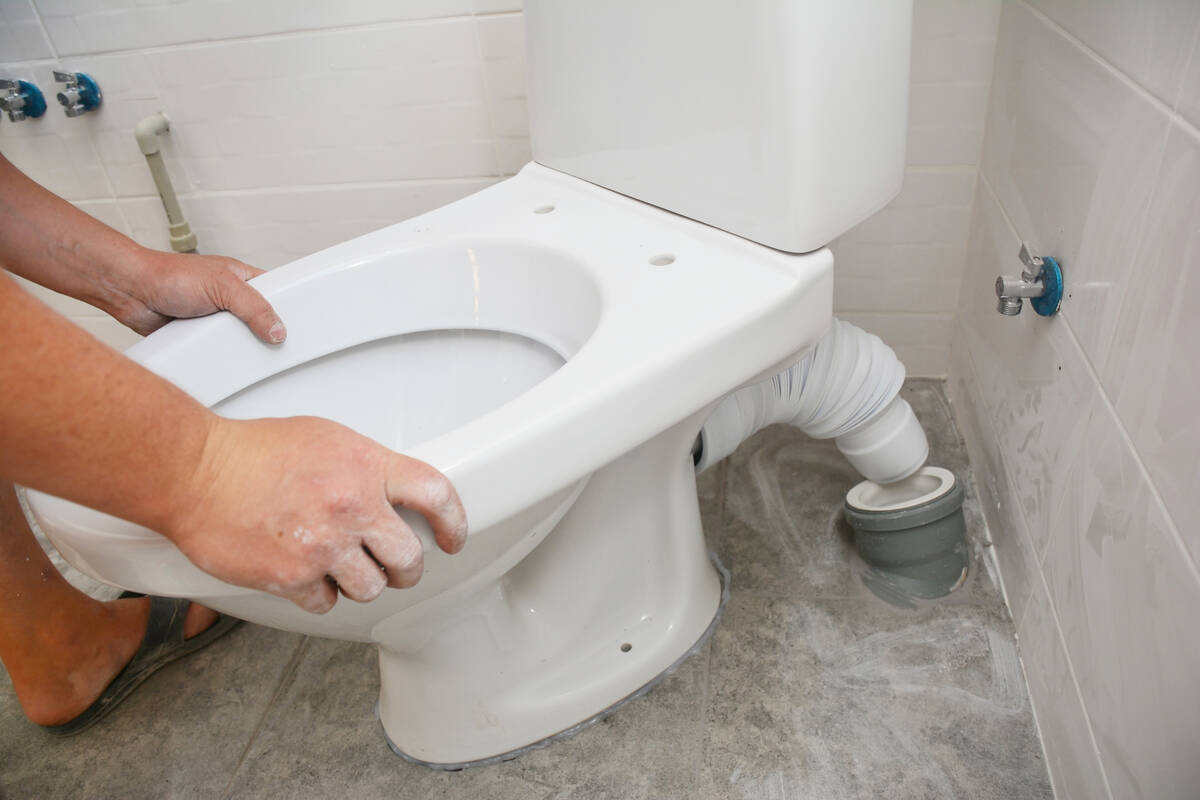

0 thoughts on “Why Is My Toilet Bowl Tank Sweating”